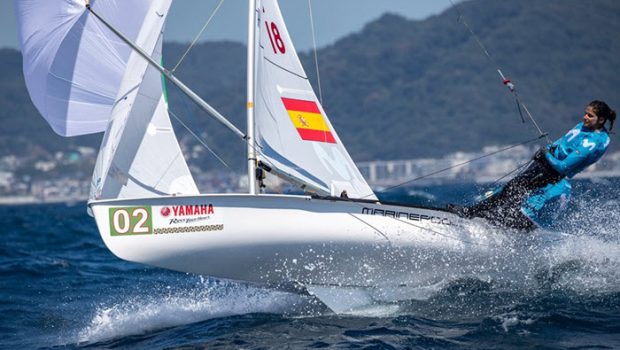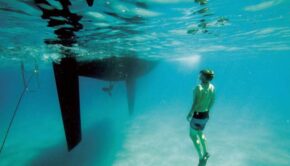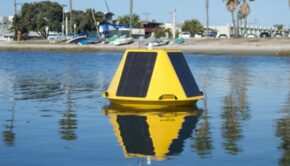Hydrodynamics of 470 sailing
Published on June 18th, 2020
The 470, a double-handed monohull planing dinghy designed by the Frenchman André Cornu in 1963, has been used in the Olympic Games since 1976. Along with Olympic status comes heightened scrutiny, which finds the 470 as the subject for a science paper at the Wuhan Sports University in Wuhan, China.
Funded by the Chinese government, the findings from this study will be presented at the 13th conference of the International Sports Engineering Association on June 22–26, 2020. However, we have a copy of the presentation for those of you that want to geek out … here you go:
Numerical Simulation of Mutual Influence in 470 Sailing Hull and Rudder at Different Hull Speeds
Abstract: A 470 sailing race requires effective cooperation between athletes to optimize the hull position and the correct heading. To understand the effect of the hull on the maneuverability of the rudder, and the influence of the rudder on the stability and rapidity of the hull at different ship speeds, requires numerical 3D simulation and research on the viscous flow field of 470 sailing based on Reynolds-averaged Navier-Stokes equations.
The results show that the rudder can reduce the wave making characteristics of the hull, reducing energy loss and thus improving the hull’s rapidity when the speed is greater than 6 m/s, as the effective area of rudder decrease and increases the stall angle, which reduces the manipulatable performance of the rudder to some extent.
This study could quantify the performance of the hull and rudder at different speeds. Moreover, this study might provide strategies for the athletes to effectively control the rudder and hull at different speeds.
1. Introduction
2. Computational Method
3. Numerical Results and Analysis
4. Conclusions
This paper investigates the hydrodynamics of 470 sailing at different hull speeds using the commercial software ANSYS 15.0. The results showed that the rudder can reduce the wave-making characteristics of the hull, reducing energy loss and thus improving the hull’s rapidity when the speed is greater than 6 m/s.
The wake wave of the hull reduces the effective area of the rudder, and the stall angle increases which reduces the manipulatable performance of the rudder to some extent. Our findings could enhance the understanding of coaches and athletes on the performance of the hull and rudder at different speeds. Moreover, our study might provide strategies for the athletes to effectively control the rudder and hull at different speeds.
For the complete presentation, click here.









 We’ll keep your information safe.
We’ll keep your information safe.